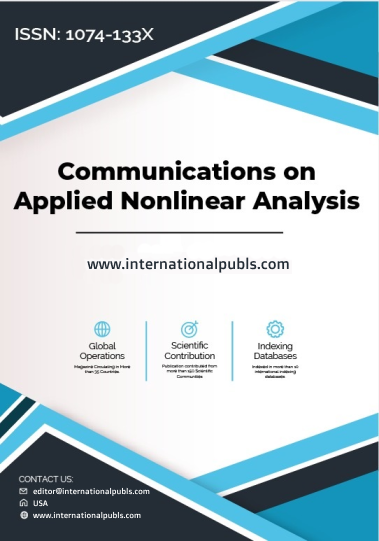Transformational Leadership, Self-Efficacy, Organizational Climate on Innovative Behavior in Indonesia
Main Article Content
Abstract
This study investigated the influence of transformational leadership, self-efficacy, and organizational climate on teachers' innovative behavior. The focus was on idea generation, idea search, idea communication, implementation initiation activities, involving others, and overcoming obstacles. The method used was a survey involving 160 civil servant teachers in junior high schools in Bukittinggi City. PLS-SEM is a statistical tool used to examine data and test research hypotheses in a structural model. The findings of this study revealed (1) a significant correlation between innovative behavior, transformational leadership, self-efficacy, and organizational climate. Self-efficacy showed the highest positive coefficient in showing innovative behavior (0.234). (2) Transformational leadership had a direct positive and significant effect on self-efficacy. (3) Transformational leadership had direct positive and significant effect on organizational climate. (4) Organizational climate had direct positive and significant effect on self-efficacy. (5) Transformational leadership had an indirect positive and significant effect on teachers’ innovative behavior through self-efficacy. (6) Transformational leadership had an indirect positive and significant effect on teachers’ innovative behavior through organizational climate. (7) Organizational climate had an indirect positive and significant effect on teachers’ innovative behavior through self-efficacy. The use of technology can support innovative behavior. The principal must be able to be a role model and provide inspiring motivation for teachers to create a sense of togetherness and improve innovative behavior. Teachers must understand the subject matter well. Consistent in achieving goals and optimistic in facing challenges. Giving rewards and punishments and collaboration can help improve teachers' innovative behavior. This study can be developed with a wider sample area and a more complex method, namely the mix method.
